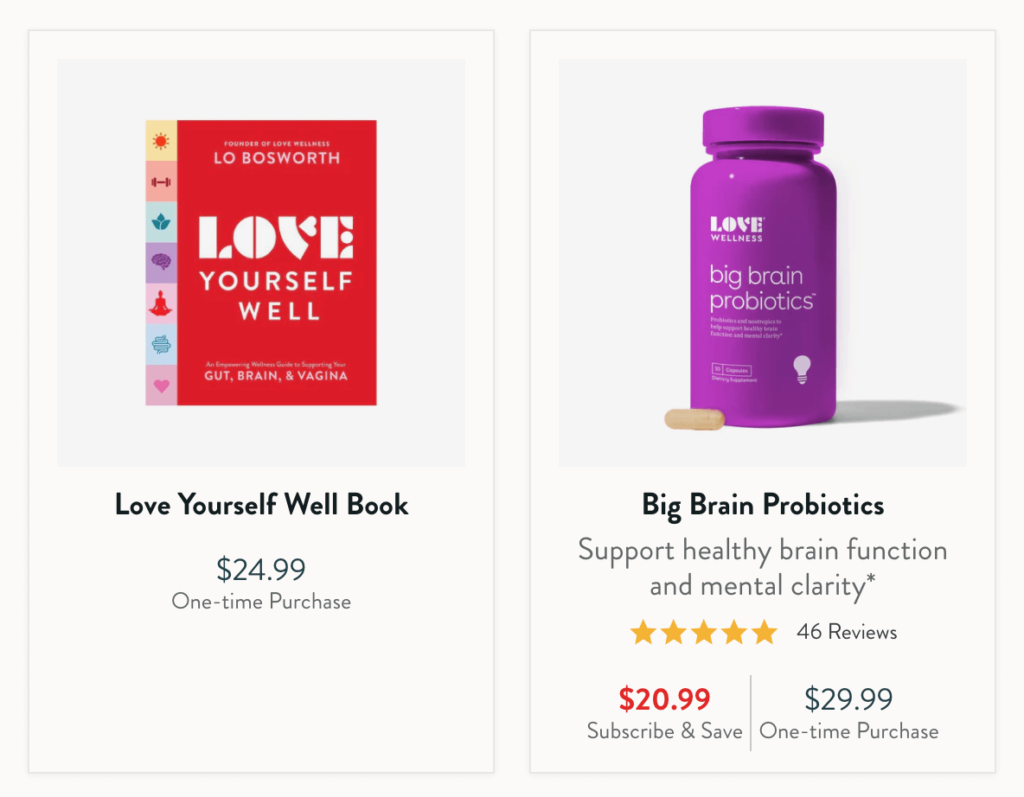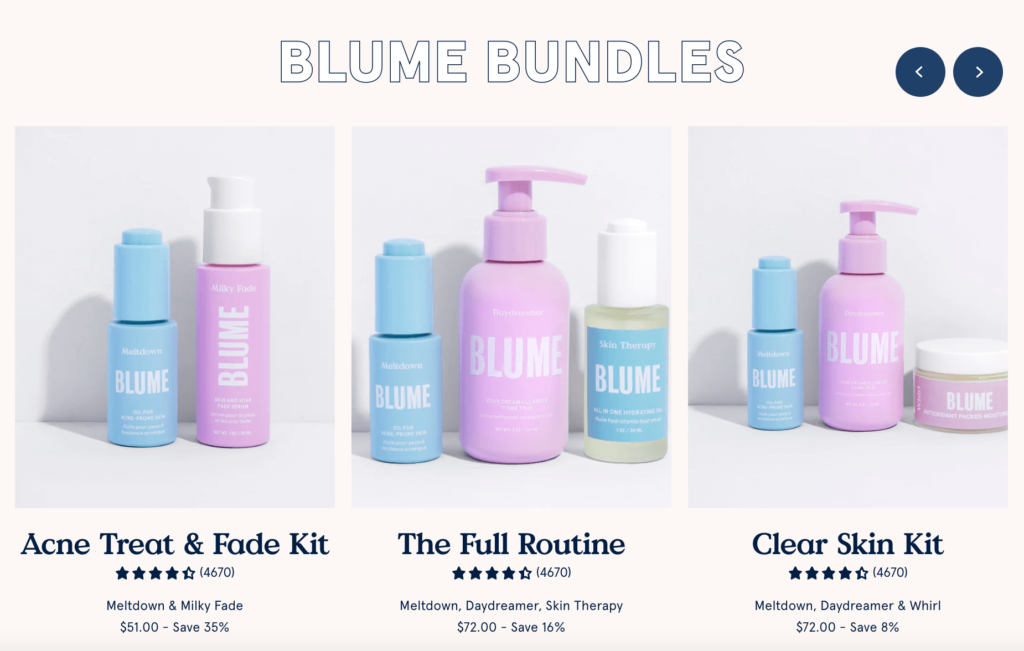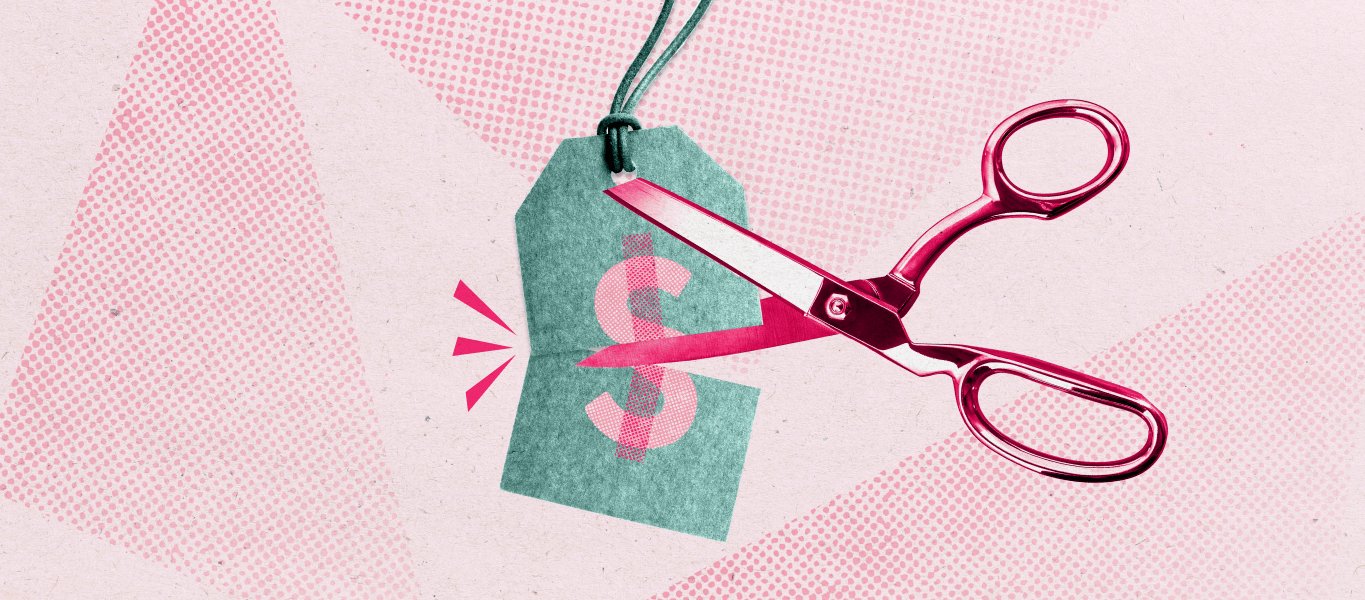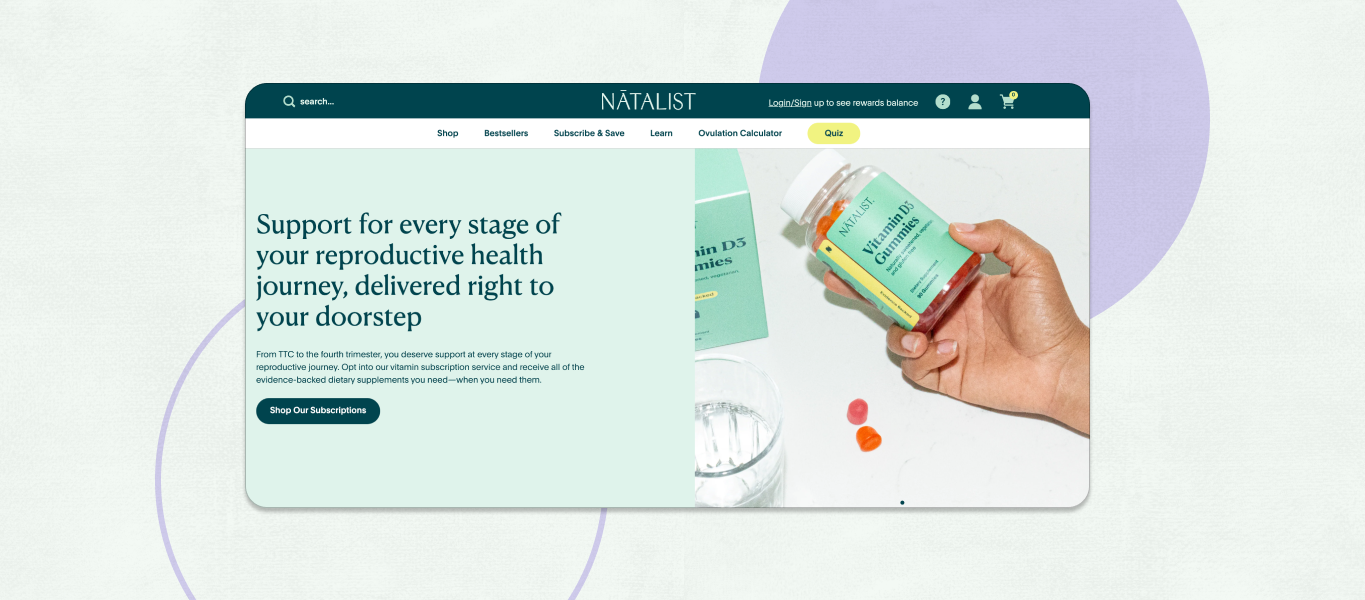Have you ever put something back because it cost too much? Or removed an item from your online shopping cart because it put your order total over what you were hoping to spend? Chances are, every consumer has had more than a few experiences like this.
There’s a lot that goes into the decision behind buying something, and for consumers one of the main concerns is usually price. For this reason, subscription merchants should consider pricing and discount strategies to keep their products and services appealing while also keeping them at the right value that will drive a profit.
There are ample benefits to offering subscriptions—and the merchants that find success with repeat customers are those that have integrated a combination of these pricing and discount strategies.
Key takeaways
- Pricing your products and services right takes consideration, research, and strategy.
- Offering discounts on subscriptions and for loyal customers can help decrease churn.
Why it’s crucial to hone your pricing & discounts
Retention is key for subscription businesses. To reduce customer churn, it’s key to offer your products or services at the right price initially, then keep customers engaged with discounts based on loyalty. Basically, once you earn a customer, you don’t want to lose them. Especially when you consider today’s high customer acquisition costs for subscription businesses.
Another reason to price your products or services strategically is to improve your profits. Pricing items too low will mean lower profit margins, but pricing a product too high or over its value can also lead to lower profits, as customers might be discouraged by the price. Finding the sweet spot is an art and a science—and the following pricing philosophies and discount strategies below can help you do so.
4 pricing strategies to consider
1. Psychological pricing
Psychological pricing is a way to price products using consumer psychology to influence customers’ purchasing decisions. It’s easy and low risk to try—typically you’ll just need to adjust prices minimally (like rounding down a few cents to make a price more appealing). There are a number of ways to utilize psychological pricing, including:
- Charm pricing: Reduce a price so that it’s just below a number, such as $9.95.
- Odd-even pricing: Customers are more likely to purchase an item if the price ends in an odd number, such as $7.75.
- Price appearance: Taking away the dollar sign and extra zeroes around a price can make it more appealing to customers.
- Price anchoring: Adding an original price to your product page along with a “discounted” price can help customers think they are getting a special deal.
- Artificial time constraints: Sales or special events can help persuade shoppers to make a purchase.

2. Value-based pricing
Have you ever decided not to buy something because it was too cheap? This is where value-based pricing comes into play. Customers will actually be cautious to buy things that don’t seem to be priced correctly.
Value-based pricing is a great option for merchants with a strong customer base, who can determine what their customers would be willing to pay for their products or services. Customer data and feedback can help determine the perceived value of your products—leading you to make an informed decision on price that will agree with what your customers are willing to pay.
3. Competitor-based pricing
Another pricing method that ecommerce brands can use is competitor-based pricing. This is a common way for online stores to price their products, by comparing competitive products on the market and using that information to select a price. But, if your competitors haven’t done proper research to choose their own prices, it could affect your brand and prices negatively.
4. Cost-based pricing
Finally, the most basic type of pricing is cost-based pricing. Merchants determine the cost of production of a product and their desired profit margin, then calculate a price based on those factors. This type of pricing doesn’t take into consideration the psychology of pricing, competitors on the market, or the value of your product, which may not make it a fit for every business or product type.
4 discount ideas to try with subscriptions
Whether you’re just starting your subscription business or you’re an established brand, these pricing and discount strategies should be a critical part of your business plan. Once you’ve determined the prices of your products or services, it’s time to focus on discounts. How can you keep your subscribers engaged, and reward them for continuing to make purchases with your online store? Continue reading to learn more about offering discounts.
1. Subscribe-and-save
The most obvious subscription pricing strategy is probably subscribe-and-save. The concept is simple: Merchants offer their products on subscription with a lower price than if customers were to buy that product as a one-time purchase. This way, shoppers have the option to continue receiving a product they need at a lower price, without worrying about having to replenish it every few weeks or months.
Merchants who offer a replenishment model, selling products that people use on a consistent basis, often use this “subscribe-and-save” model to entice customers to make repeat purchases. It’s also convenient for customers, especially for the items they need and use at a regular cadence.
2. Free shipping
Looking for ways to increase average order value (AOV)? Offering free shipping can help you up your AOV by encouraging customers to spend more to unlock the free shipping discount. This has become a common practice for many online retailers, who offer free shipping year-round with a set order minimum. It’s a great value for the customer, too.
3. Bundle discounts
If your ecommerce store is looking for a way to increase average order value and customer lifetime value, then bundle discounts are worth considering. By offering groupings of products at a discounted rate, you can incentivize your customers to add more to their cart.
Plus, bundles can make shopping easier for your customers. You can create groupings of products that are typically bought together, or that complement each other, to take away any extra work for shoppers on your site.

4. Loyalty program discounts
Last but not least, offering discounts to your loyal customers is vital to any subscription business that wants to retain their customers and reward returning shoppers. There are a variety of ways to create loyalty programs—whether you offer a tiered system where customers can unlock discounts, or let them earn points with every purchase that lead to rewards. Whichever model you choose, know that it’s a strong strategy for offering discounts in a thoughtful and beneficial way.
Pricing & discount decisions that will benefit your business
Equipped with these useful strategies for determining the right price and the most attractive discounts, your ecommerce store can start marketing your products or services with confidence. Not only will discounts keep your customers engaged and excited, but they will also help you with retention and increasing AOV. And with the right prices based on consumer thinking, competitors, and value, your customers will feel confident in their decision to make a purchase with you.
Sources
[1] 7 benefits of the subscription model (Recharge)
[2] 3 ecommerce customer acquisition costs to consider (Recharge)
[3] The secret behind psychological pricing: Subscription boxes (Recharge)
[4] Value-based pricing: Pros & cons of this strategy (Recharge)
[5] 5 ways to get started with discounts (Recharge)
[6] How to increase average order value for your ecommerce store (Recharge)
[7] 3 loyalty program benefits you might be missing out on (Recharge)



